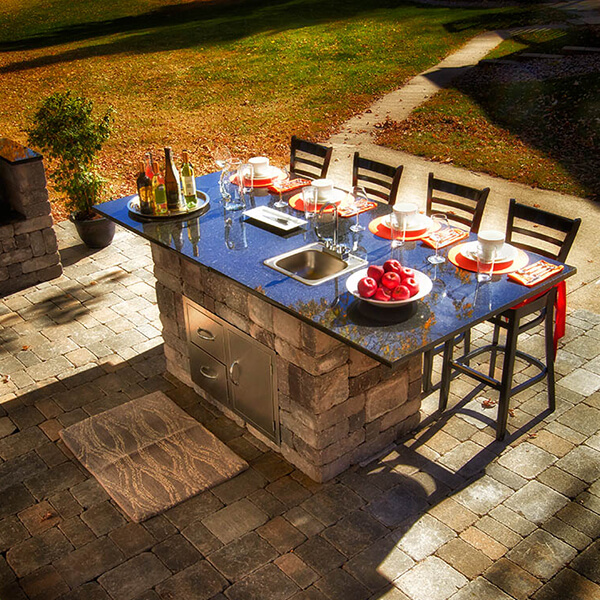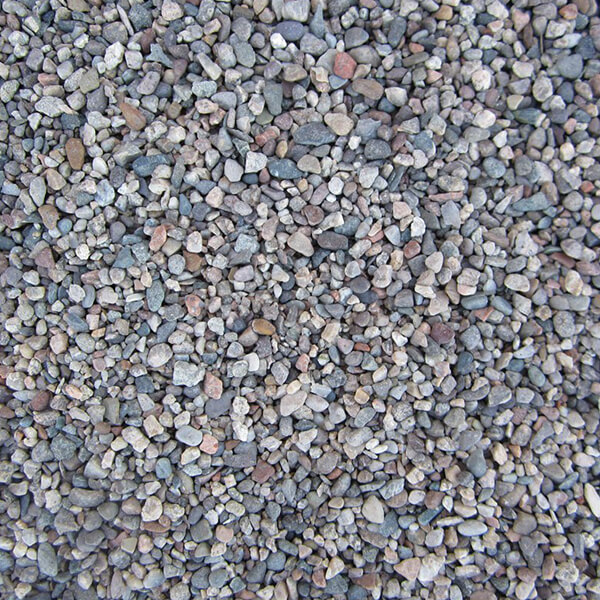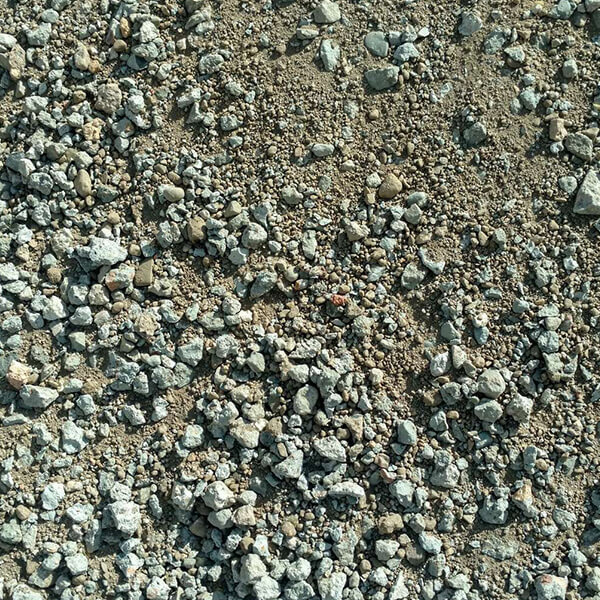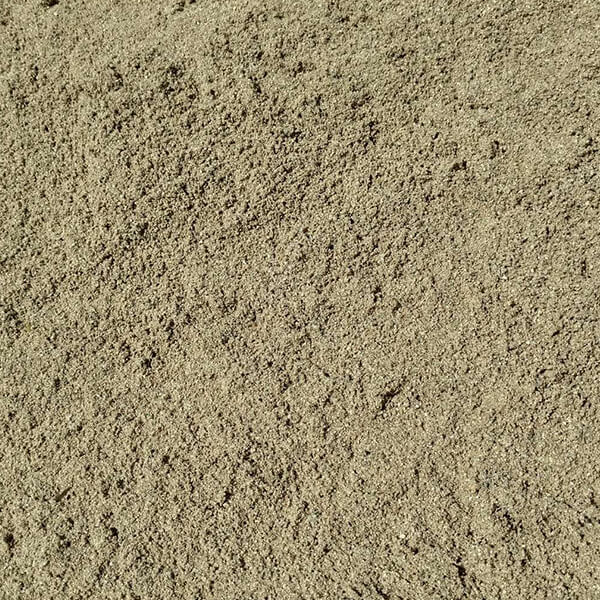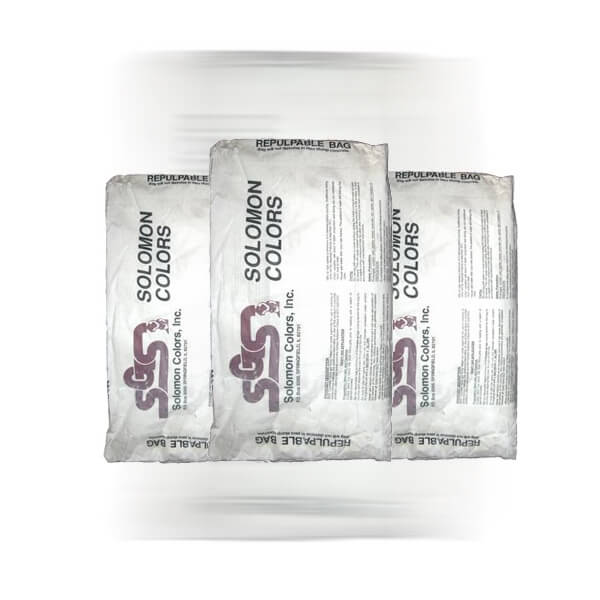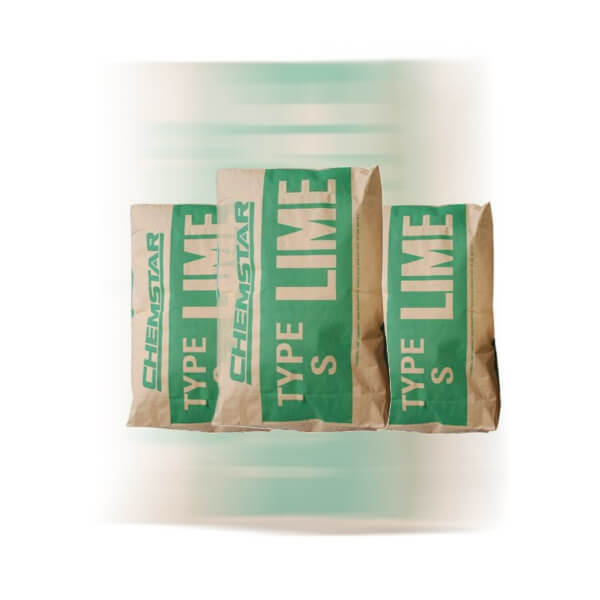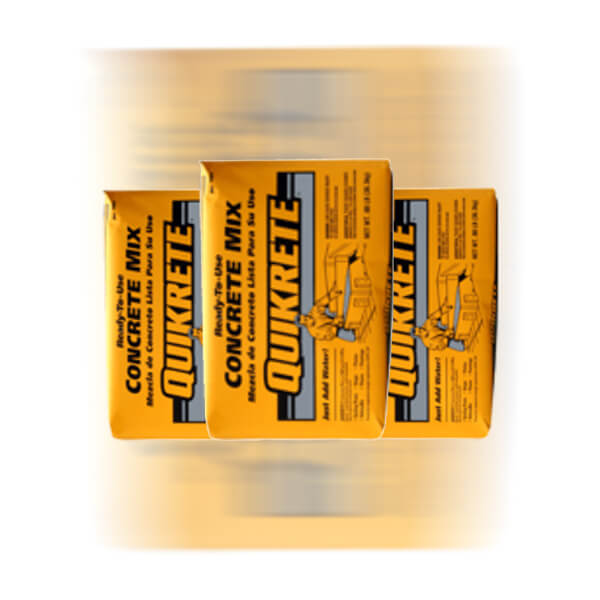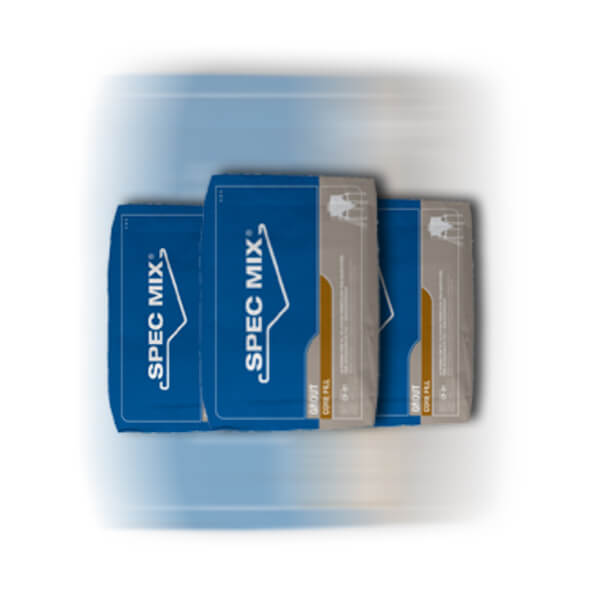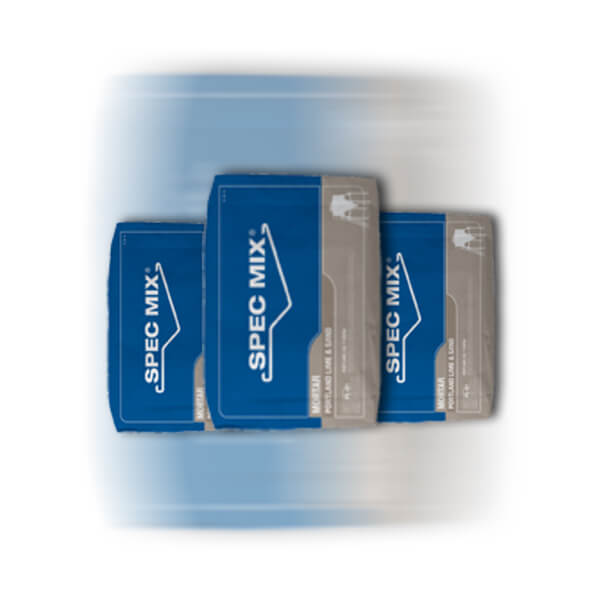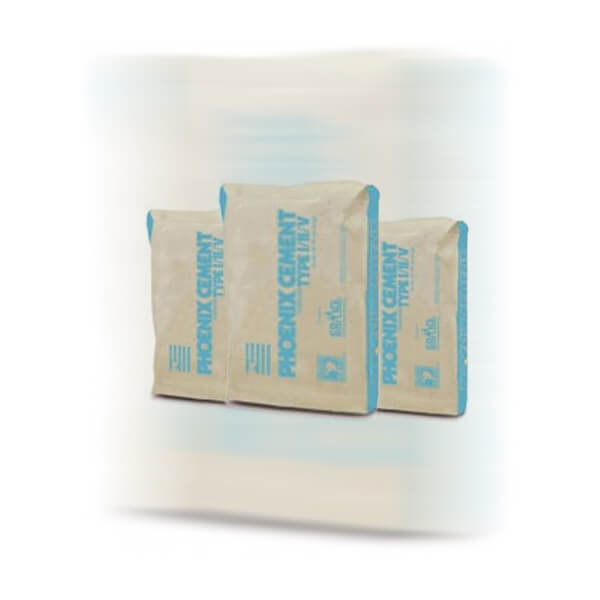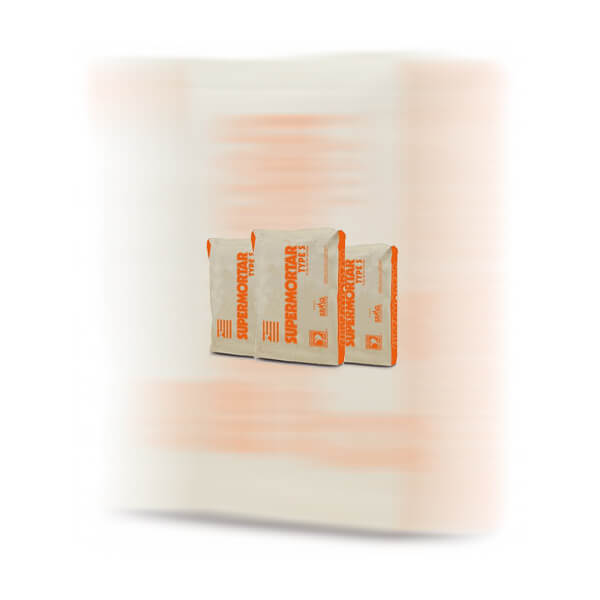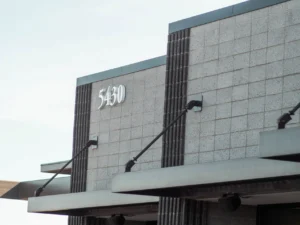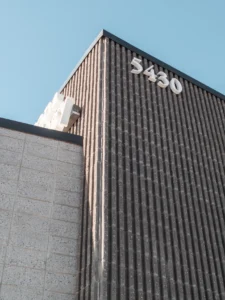Aggregate is one of the three components that make up concrete. The aggregate mixture plays a heavy role in the final concrete product and typically consists of sand, gravel, and/or pea gravel. When you combine the mixture with cement, the unique properties create concrete.
What Is Aggregate?
Aggregate is the specific cocktail of sand, rocks, and gravel that make up 60 to 75 percent of concrete’s volume. It is essential to the concrete mixture and comes in two categories:
- Coarse Aggregates: This group is made largely of gravel, reclaimed concrete and crushed stone that can be up to 1.5 inches in diameter.
- Fine Aggregates: Aggregate mixture that consists of finely crushed stone and sand.
Crushed concrete can also be reused as aggregate – an environmentally friendly approach to less waste on construction sites or DIY projects.
Concrete is not an aggregate’s only purpose. The components of the mixture, when separated, can be used for different projects around your home.
- Pea Gravel: Landscaping near fire pits, flower beds, and walkways.
- Mortar Sand: Can be used to create mortar for use in brick laying.
- ABC Gravel: Aggregate Base Coarse is made up of a mix of crushed stone, topsoil and dust. Commonly used as base material for pavers, segmental retaining walls, or concrete slabs.
Quality Concretes use an Aggregate of all Three Elements
While the differences in the components may not seem like a big deal, the properties of the aggregate are what determine the quality of your mixed concrete. In addition, the aggregate plays a role in the ability to pump the mixture, its malleability and the concrete’s durability.
The aggregate’s role in the creation of concrete determines the consistency of the final product, so you need to decide what type of look and feel you want for your concrete before choosing your aggregate. If you need help deciding which aggregate is best for your job, contact Block-Lite and we’ll walk you through the process.

